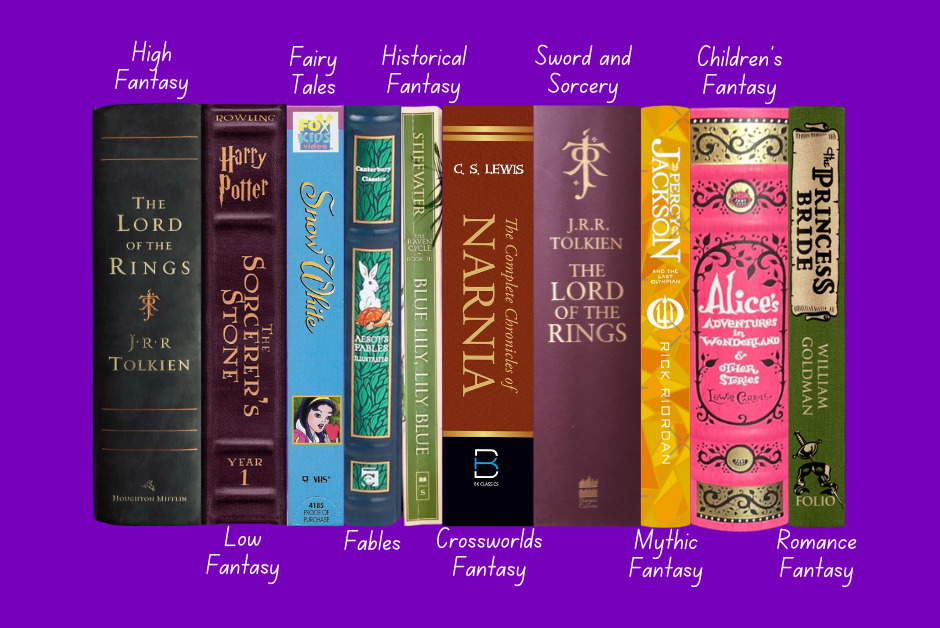
The fantasy genre offers some of the most imaginative worlds filled with magic, monsters, and characters that have to overcome the “dragons” that stand in their path.
There are many fantasy subgenres—from the highly-developed and magical worlds of high fantasy to the simple but beloved fairy tales.
On that note, here are some of the most popular fantasy genres and what makes them unique.
1. High Fantasy
High fantasy, or “epic fantasy,” occurs in a highly fictional world and often features long epic quests/storylines.
One of the most famous examples of high fantasy is J. R. R. Tolkien’s The Lord of the Rings series. The series spans over three books and across many kingdoms and lands full of hobbits, dwarfs, elves, humans, ents, orcs, and so much more.
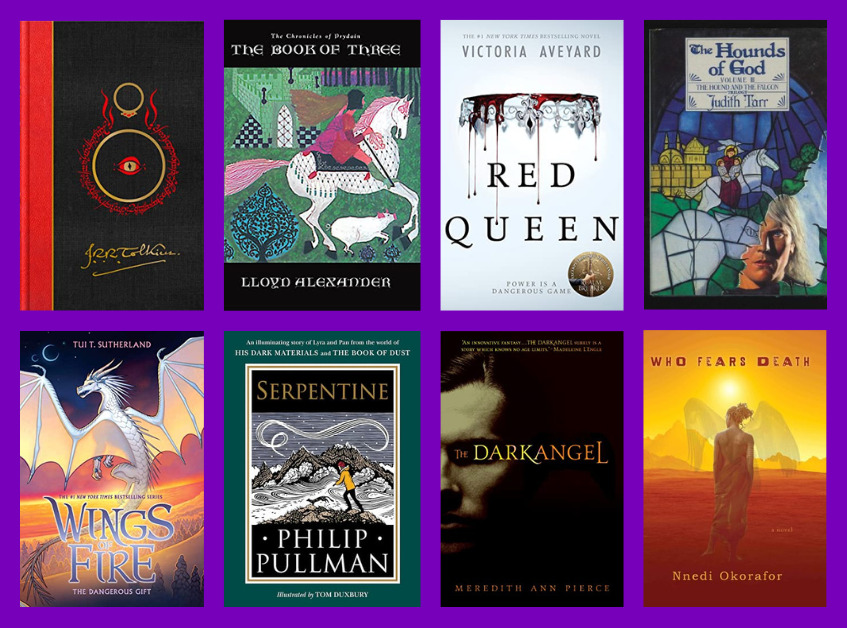
2. Low Fantasy
Unlike high fantasy, low fantasy takes place in the real world or something similar to it. For example, J. K. Rowling’s Harry Potter series mixes a magical world with the real one.
The Indian in the Cupboard by Lynne Reid Banks is another example of low fantasy that primarily takes place in a young boy’s room where his toys come alive through a magical cupboard.
3. Fairy Tales
Some of the most recognizable stories are often fairy tales. These tales are primarily for children and are typically set in a fantasy world with talking animals, heroic knights, evil dragons, beautiful princesses, and (of course) fairies.
Snow White, Little Red Ridinghood, Rumpel-stilts-ken, Hansel and Grethel, and Rapunzel are all classic fairy tales that were first widely popularized by the Grimm brothers in their Grimm’s Fairy Tales.
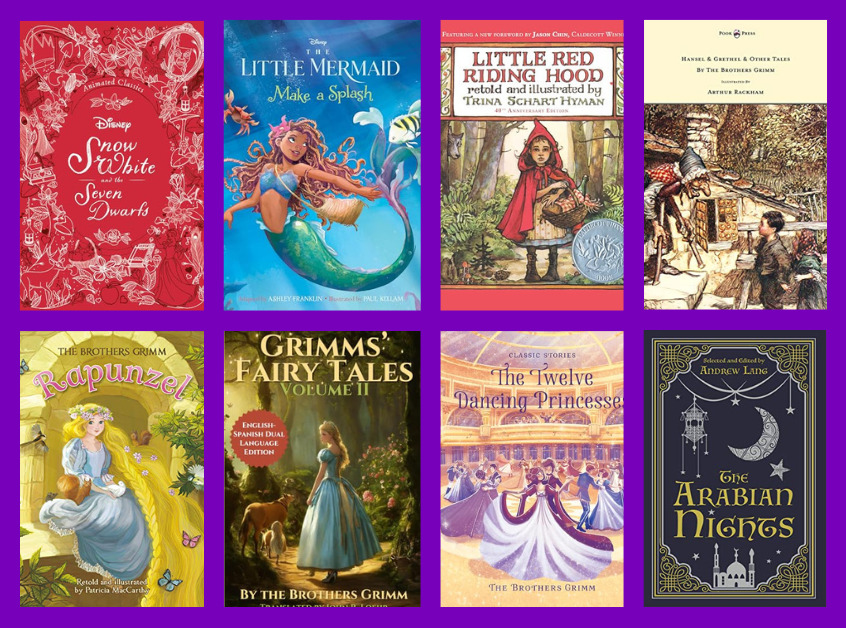
4. Fables
Primarily featuring talking animals, fables are short stories with a moral. For example, Aesop’s The Tortoise and the Hare shows how a more disciplined, slow, and steady approach wins the race.
On the other hand, the Boy Who Cried Wolf emphasizes the importance of honesty, and The Goose That Laid the Golden Eggs cautions against greed.
5. Historical Fantasy
A mix of fantasy and history, historical fantasy puts a fictional twist on a historical period, event, and/or character by introducing fantasy elements like magic and dragons.
The King Raven Trilogy by Stephen Lawhead, for example, is based in Wales during the medieval period and shares an alternative version of the Robin Hood story. Then there’s Homer’s famous work—The Odyssey—which takes place during the Bronze Age after the Trojan War.
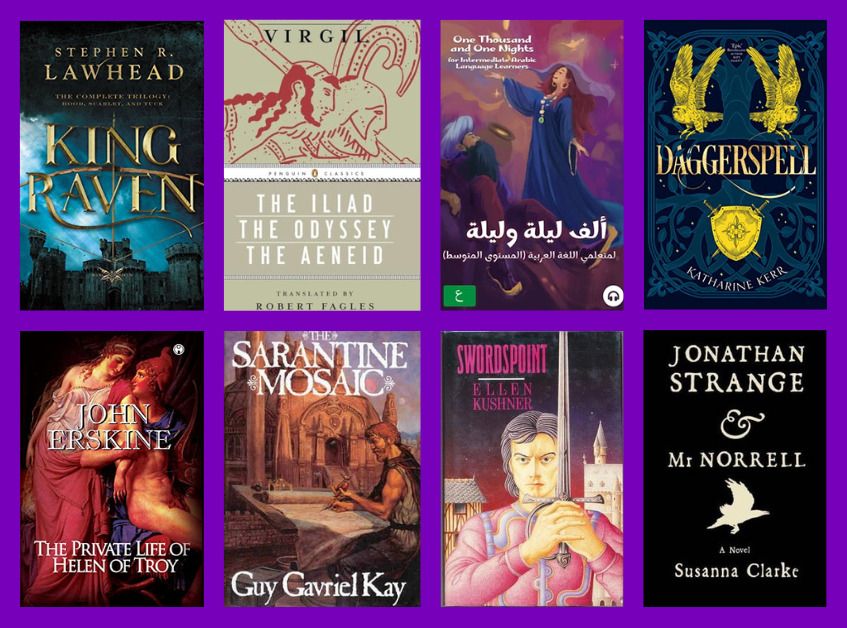
6. Crossworlds Fantasy
Otherwise known as “portal fantasy,” crossworld fantasy stories involve characters from our world being transported to a fantasy world. C. S. Lewis’s The Lion, the Witch, and the Wardrobe is a classic example of a group of characters being transported into the magical land of Narnia by traveling through a wardrobe.
The Berinfell Prophecies series by Wayne Thomas Batson and Christopher Hopper is another example of crossworlds fantasy where seven teens are transported into a magical world to fight against a rising evil.
7. Sword and Sorcery Fantasy
Also called “heroic fantasy,” sword and sorcery fantasy emphasizes sword-wielding heroes, powerful wizards, and epic battles.
The Silmarillion by J. R. R. Tolkien is one example that takes place before the events in The Lord of the Rings. Then there’s T. H. White’s The Once and Future King, which tells the classic tale of King Arthur and Merlin.
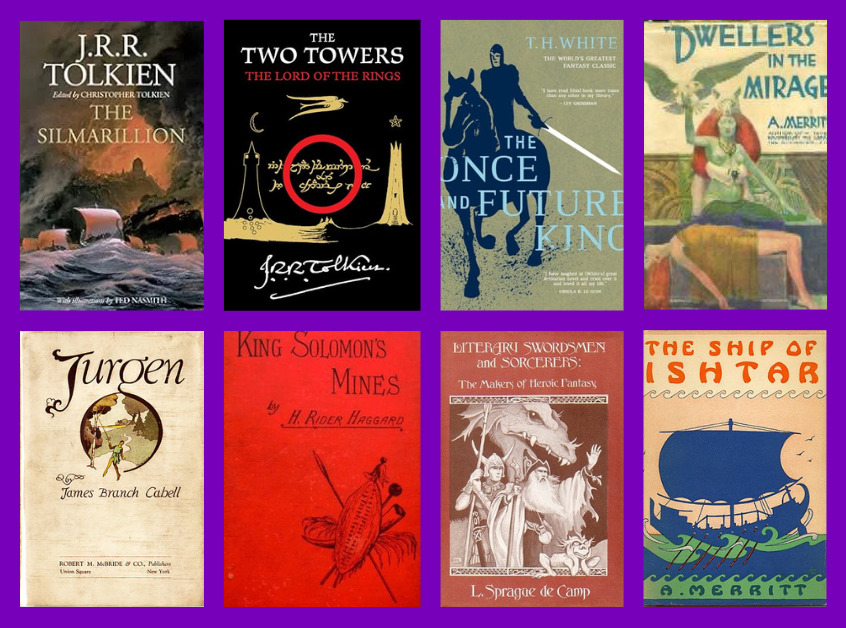
8. Mythic Fantasy
Mythic fantasy takes inspiration from ancient myths—often with a twist. Greek myths, in particular, are commonplace in these types of stories.
The Percy Jackson and the Olympians series by Rick Riordan is a perfect example of this genre, featuring Olympian gods in a modern-day world.
9. Children’s Fantasy
As the name suggests, children’s fantasy is made specifically for children. These stories have lighter themes and more straightforward worlds. Alice’s Adventures in Wonderland by Lewis Carroll is a classic involving a young girl, a white rabbit, and a mysterious hole.
Another favorite is Charlie and the Chocolate Factory by Ronald Dahl, in which a young boy is invited to tour Willy Wonka’s chocolate factory.
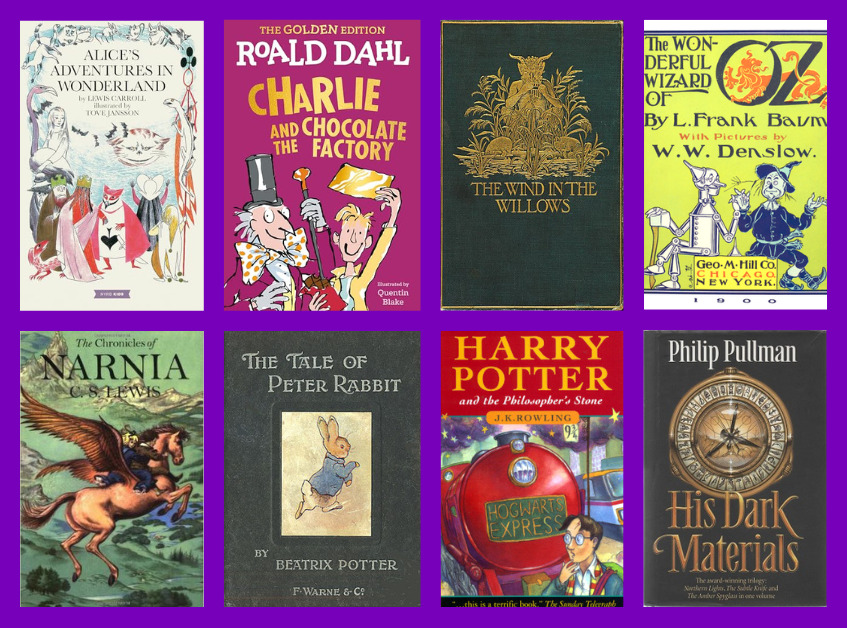
10. Romance Fantasy
With an emphasis on the love story of two characters, these stories mix romance with fantasy elements.
William Goldman’s The Princess Bride, for example, tells the often-comical love story of Buttercup and the farm boy she fell in love with—featuring fanciful elements such as the Fire Swamp, Rodents of Unusual Size, and the Zoo of Death.
Final Thoughts
Fantasy encompasses a wide range of subgenres that readers can use to find the stories they enjoy.
Businesses and other organizations can categorize fantasy books into subgenres to better show off, market, and draw readers’ attention.
This is especially useful when it comes to recommending certain types of fantasy books to readers based on their past reading history.
For a broader understanding of readers’ preferences, exploring articles about fiction and nonfiction genres can also provide valuable insights.




